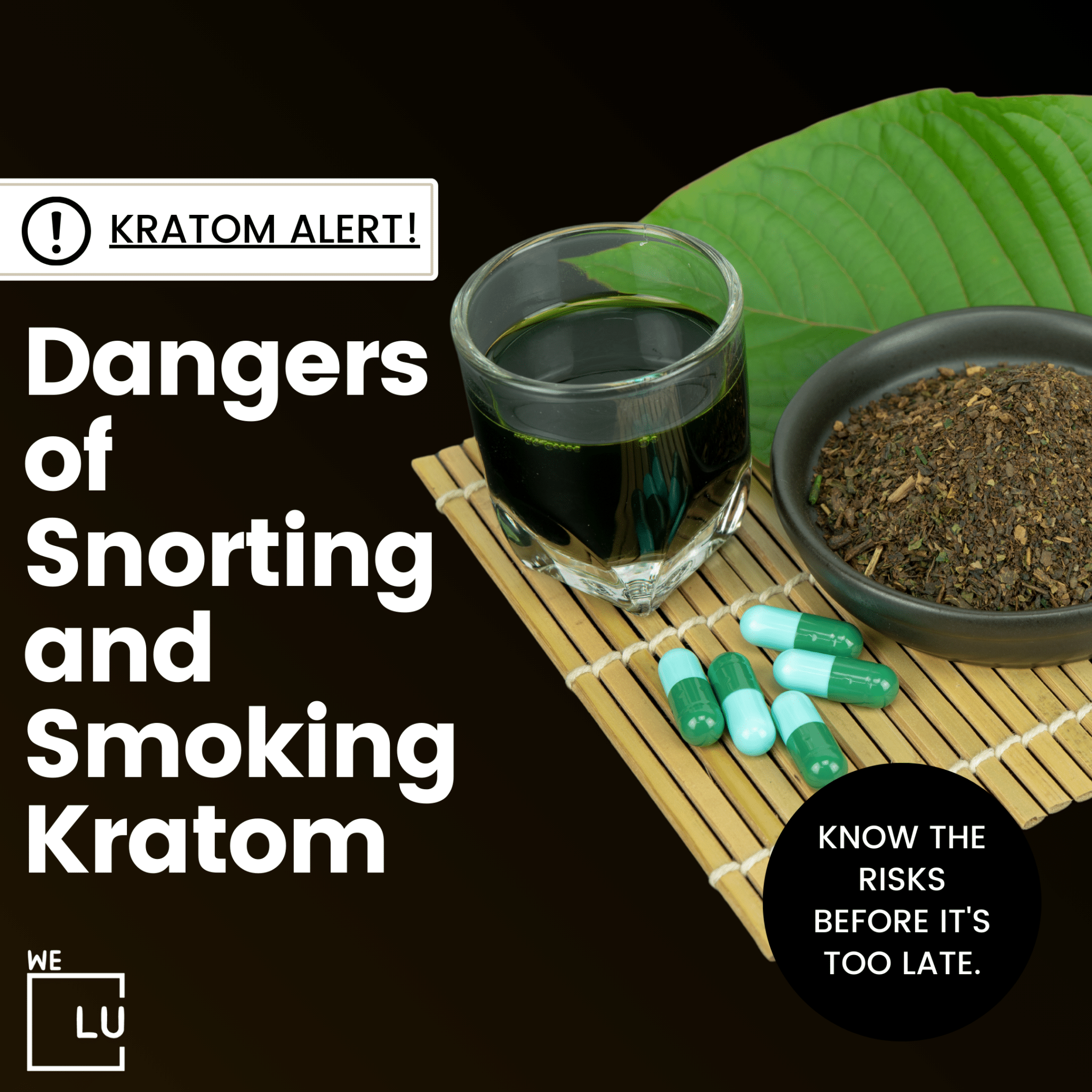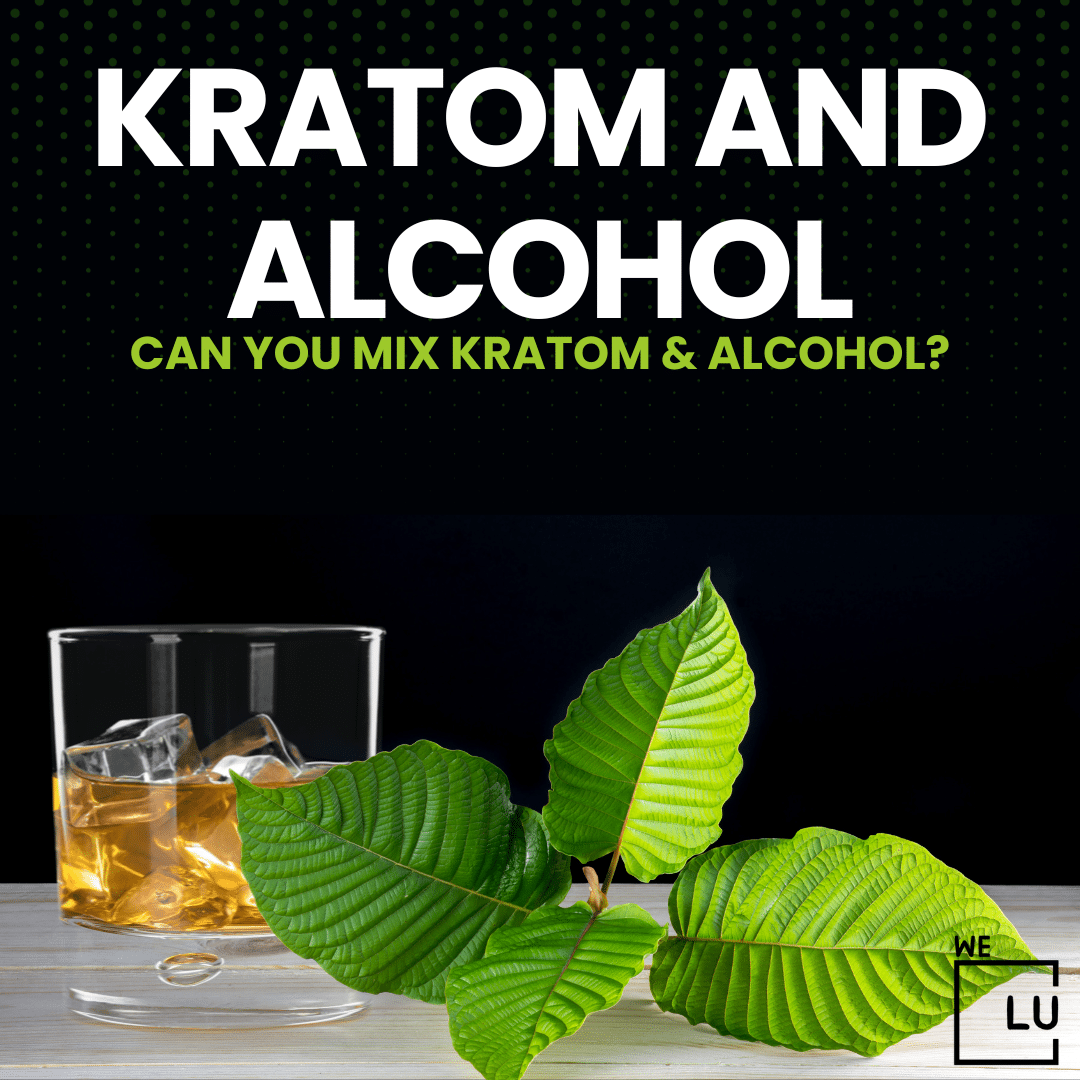What Is Oxycodone Withdrawal?
Oxycodone withdrawal symptoms are a set of physical and psychological symptoms that occur when an individual who has been using oxycodone or other opioids suddenly stops or reduces their intake. Oxycodone is a powerful opioid pain medication that is often prescribed to manage moderate to severe pain. It is the active ingredient in medications like OxyContin, Percocet, and others.
Opioids like oxycodone work by binding to specific receptors in the brain and spinal cord known as opioid receptors, which are part of the body’s natural pain control system. When a person takes opioids regularly for an extended period, the body can become dependent on the drug. This means that the body adjusts to the presence of the drug, and if the drug is suddenly removed or the dosage is significantly reduced, withdrawal symptoms can occur.
What Causes Opioid Withdrawal?
Opioid withdrawal occurs when a person who has developed a physical dependence on opioids suddenly reduces the dosage or stops taking the drug altogether. The development of physical dependence is a natural physiological response to the prolonged use of opioids. Opioids, including medications like oxycodone, bind to specific receptors in the brain and spinal cord called opioid receptors.
The body has its own system for managing pain, known as the endogenous opioid system. When external opioids are introduced into the body, they interact with these receptors and activate them, leading to pain relief and, often, a sense of euphoria. However, as the body gets used to the presence of opioids, it can adapt by making changes in its own functioning.
Key factors contributing to opioid withdrawal include:
- Physical Dependence: With regular use of opioids, the body adapts to their presence. The nervous system adjusts its functioning to maintain balance, and when opioids are suddenly removed, the body struggles to readjust, leading to withdrawal symptoms.
- Tolerance: Over time, individuals may develop tolerance to the effects of opioids, meaning that higher doses are required to achieve the same pain-relieving or euphoric effects. Tolerance contributes to an increased risk of physical dependence.
- Neurotransmitter Imbalance: Opioids influence the release of neurotransmitters, such as dopamine, in the brain. Prolonged opioid use can disrupt the natural balance of these neurotransmitters. When opioids are removed, the brain may struggle to regain this balance, leading to withdrawal symptoms.
- Central Nervous System Adaptation: The central nervous system adapts to chronic opioid exposure. Abrupt discontinuation can lead to hyperactivity in the central nervous system, resulting in withdrawal symptoms.
Opioid withdrawal can be a challenging and uncomfortable process, and it is strongly recommended that individuals seek medical guidance and support when discontinuing opioid use. Medical professionals can provide appropriate interventions to manage withdrawal symptoms and help individuals transition to a drug-free state more safely.
What Are The Oxycodone Withdrawal Symptoms?
Withdrawal symptoms from oxycodone can vary in intensity and duration depending on factors such as the individual’s level of dependence, the amount and duration of oxycodone use, and whether the discontinuation is abrupt or gradual. Common withdrawal symptoms associated with oxycodone include:
- Muscle aches and pain: Aches and discomfort, particularly in the muscles, are common during oxycodone withdrawal.
- Restlessness and anxiety: Individuals may experience heightened feelings of restlessness, anxiety, and nervousness.
- Insomnia: Difficulty falling asleep or staying asleep is a common withdrawal symptom.
- Nausea and vomiting: Gastrointestinal symptoms, including nausea and vomiting, are frequent during withdrawal.
- Diarrhea: Digestive system changes, such as diarrhea, are common manifestations of oxycodone withdrawal.
- Sweating: Excessive sweating, even without physical exertion, can occur during withdrawal.
- Chills or goosebumps: Changes in body temperature regulation can lead to sensations of chills or goosebumps.
- Yawning: Excessive yawning is a characteristic symptom of opioid withdrawal.
- Dilated pupils: The pupils of the eyes may appear larger than usual, a phenomenon known as mydriasis.
In some cases, healthcare providers may recommend a gradual tapering of the opioid dosage to minimize the intensity of withdrawal symptoms. Additionally, various medications and supportive therapies may be used to address specific symptoms and facilitate the detoxification process. Seeking assistance from healthcare professionals or addiction specialists is crucial for those going through opioid withdrawal.

Skip To:
Learn More:
- Oxycodone Vs Oxycontin. What Is The Difference And Similarities?
- Oxycodone and Hydrocodone, Side Effects, Forms, Dosages, Differences & Interactions
- How Long Does Oxycodone Stay In Your System?
- How long do opiates stay in your system? Specifics, Addiction, Drug Processing & Treatment
- Opiate Withdrawal, Effects, Causes, Symptoms, Diagnosis, Complications, Detox & Treatments
Oxycodone Withdrawal Timeline
The timeline for oxycodone withdrawal can vary from person to person, and the severity and duration of symptoms depend on several factors, including the individual’s level of dependence, the amount and duration of oxycodone use, and whether the discontinuation is abrupt or gradual.
| Time After Last Dose | Withdrawal Stage | Common Symptoms |
|---|---|---|
| 6-12 hours | Early Symptoms | Anxiety, restlessness, muscle aches, insomnia |
| 1-3 days | Peak Symptoms | Nausea, vomiting, diarrhea, sweating, chills, dilated pupils, increased anxiety, cravings |
| 5-7 days | Subacute Withdrawal | Gradual improvement in physical symptoms, persistent psychological symptoms |
| 1-2 weeks | Resolution of Acute Symptoms | Physical symptoms diminish, some psychological symptoms may persist |
| Weeks to Months | Post-Acute Withdrawal Syndrome (PAWS) | Lingering symptoms such as mood swings, anxiety, difficulty concentrating |

Get Your Life Back
Find Hope & Recovery. Get Safe Comfortable Detox, Addiction Rehab & Dual Diagnosis High-Quality Care.
Hotline (855) 695-1160
Factors Affecting Opioid Withdrawal Duration
The duration and severity of opioid withdrawal can vary from person to person and are influenced by a range of factors. Some key factors affecting opioid withdrawal duration include:
- Individual Physiology: Each person’s body responds differently to opioids based on metabolism, genetics, overall health, and any underlying medical conditions. These factors can influence how quickly the body eliminates opioids and adjusts to their absence.
- Level of Dependence: The degree of physical dependence on opioids plays a significant role. Individuals who have been using opioids at higher doses or for an extended period are likely to experience more intense and prolonged withdrawal symptoms.
- Type of Opioid: Different opioids have varying potencies and half-lives, which can affect the duration of withdrawal. Short-acting opioids may lead to a quicker onset of withdrawal symptoms, while longer-acting opioids may result in a more protracted withdrawal process.
- Tapering vs. Abrupt Discontinuation: How opioids are discontinued can impact withdrawal duration. Gradual tapering under medical supervision can sometimes help reduce the intensity and duration of withdrawal symptoms compared to abrupt cessation.
- Supportive Interventions: Medications and supportive therapies during the withdrawal process can influence its duration. Medications may be prescribed to manage specific symptoms, such as anxiety or nausea, and supportive therapies can contribute to overall well-being.
- Mental Health: Individuals with co-occurring mental health conditions, such as depression or anxiety, may experience a more complex withdrawal process. Addressing mental health issues concurrently can be crucial for successful recovery.
- Environmental Factors: The environment in which withdrawal occurs can impact its duration. A supportive and stress-free environment, resource access, and a strong support system can facilitate a smoother withdrawal process.
- Previous Withdrawal Experience: Individuals who have gone through withdrawal in the past may have different experiences based on their history of opioid use and withdrawal. Previous experiences can also influence an individual’s expectations and coping mechanisms during withdrawal.
- Overall Health and Lifestyle: Factors such as diet, exercise, hydration, and overall lifestyle can influence the body’s ability to recover and adapt during withdrawal.
Get Help. Get Better. Get Your Life Back.
Searching for an Accredited Drug and Alcohol Rehab Centers in Near You?
Even if you have failed previously and relapsed, or are in the middle of a difficult crisis, we stand ready to support you. Our trusted behavioral health specialists will not give up on you. When you feel ready or just want someone to speak to about therapy alternatives to change your life call us. Even if we cannot assist you, we will lead you to wherever you can get support. There is no obligation. Call our hotline today.
FREE Addiction Hotline – Call 24/7Quitting Cold Turkey
Quitting oxycodone “cold turkey,” or abruptly without a gradual reduction in dosage, can lead to intense withdrawal symptoms. Oxycodone is an opioid medication, and sudden discontinuation can result in a range of physical and psychological effects. It’s important to note that quitting opioids cold turkey can be challenging and uncomfortable, and it may not be the safest or most effective approach.
Common withdrawal symptoms from quitting oxycodone cold turkey may include:
- Muscle aches and pain.
- Restlessness and anxiety.
- Insomnia.
- Nausea and vomiting.
- Diarrhea.
- Sweating.
- Chills or goosebumps.
- Yawning.
- Dilated pupils.
These symptoms can be severe and may make it difficult for individuals to cope without proper medical support. Additionally, quitting opioids abruptly carries risks, and complications such as dehydration, electrolyte imbalances, and other medical issues may arise.
It is strongly recommended that individuals seeking to quit oxycodone or any opioid substance do so under the guidance of a healthcare professional. A healthcare provider can create a tapering plan, gradually reducing the dosage of oxycodone to minimize withdrawal symptoms. Tapering helps the body adjust more smoothly to the absence of the drug.
Medical supervision during opioid withdrawal is essential to ensure the safety of the individual and to provide support for managing symptoms. Healthcare professionals may also offer medications to alleviate specific withdrawal symptoms and address any underlying health concerns.
In addition to medical support, individuals may benefit from counseling, therapy, or participation in a substance abuse treatment program to address the psychological aspects of opioid dependence and promote long-term recovery. Quitting opioids is a complex process, and seeking professional guidance increases the likelihood of a successful and safer outcome. If you or someone you know is considering quitting oxycodone or any opioid, consult with a healthcare professional to develop an appropriate and personalized plan for withdrawal and recovery.
Opioid Detox
Opioid detoxification, commonly known as opioid detox, is the process of allowing the body to rid itself of opioids while managing withdrawal symptoms. Detoxification is typically the first step in the treatment of opioid dependence or addiction. Detox alone is not sufficient for long-term recovery, and it should be followed by comprehensive treatment and support to address the underlying issues contributing to opioid use.
Here are key aspects of opioid detox:
- Medical Supervision: Opioid detox is often conducted under medical supervision to ensure the safety and well-being of the individual. Medical professionals can monitor vital signs, manage withdrawal symptoms, and address any complications that may arise.
- Tapering: Gradual tapering, or the reduction of opioid dosage over time, is a common approach to detox. This helps minimize the intensity of withdrawal symptoms and allows the body to adjust more smoothly to the absence of opioids.
- Medications: Certain medications may be used during detox to alleviate withdrawal symptoms and support the individual through the process. For example, medications like methadone, buprenorphine, or naltrexone may be prescribed to manage cravings and reduce withdrawal discomfort.
- Symptom Management: Various symptoms may occur during opioid detox, including muscle aches, nausea, anxiety, and insomnia. Healthcare professionals may use medications or other interventions to address specific symptoms and make the detoxification process more tolerable.
- Supportive Therapies: In addition to medical interventions, behavioral therapies and counseling are essential components of opioid detox and recovery. These therapies help individuals address the psychological aspects of addiction, develop coping skills, and prevent relapse.
- Residential or Outpatient Detox: Opioid detox can be conducted in a residential or outpatient setting. In a residential program, individuals stay in a treatment facility for the duration of detox, receiving 24-hour care. Outpatient detox allows individuals to receive treatment while living at home, attending scheduled appointments for medical and therapeutic support.
- Aftercare Planning: Successful detox is only the beginning of the recovery process. After detox, individuals should engage in ongoing treatment, which may include counseling, support groups, and other forms of therapy. Aftercare planning is crucial for maintaining long-term recovery.
It’s important for individuals considering opioid detox to seek professional guidance. Healthcare providers can assess the individual’s specific needs, develop an appropriate detoxification plan, and provide ongoing support for recovery. Detox is most effective when integrated into a comprehensive treatment program designed to address the physical, psychological, and social aspects of opioid dependence.

Comfortable Facilities & Amenities
High-Quality Addiction & Mental Health Rehabilitation Treatment
Rehab Centers TourRenowned California Addiction Center. Serene Private Facilities. Inpatient rehab programs vary.
Addiction Helpline (855) 695-1160Proven recovery success experience, backed by a Team w/ History of:
15+
Years of Unified Experience
100s
5-Star Reviews Across Our Centers
10K
Recovery Success Stories Across Our Network
- Low Patient to Therapist Ratio
- Onsite Medical Detox Center
- Comprehensive Dual-Diagnosis Treatment
- Complimentary Family & Alumni Programs
- Coaching, Recovery & Personal Development Events

How Long Does It Take To Detox
The duration of opioid detox can vary widely depending on several factors, including the specific opioid involved, the individual’s level of dependence, the method of detoxification, and overall health. While detox is the process of eliminating opioids from the body, it’s important to note that complete recovery from opioid dependence involves ongoing treatment and support beyond the detox period.
Here is a general timeline for opioid detox:
- Short-Acting Opioids (e.g., heroin, immediate-release oxycodone):
- Early withdrawal symptoms may begin within 6-12 hours after the last dose.
- The withdrawal symptoms often peak within the first 1-3 days.
- Acute withdrawal symptoms typically last around 5-7 days.
- Post-acute withdrawal Syndrome (PAWS) may persist for weeks or months, involving lingering psychological symptoms.
- Longer-Acting Opioids (e.g., extended-release oxycodone, methadone):
- Withdrawal symptoms may be delayed, starting within 12-30 hours after the last dose.
- The acute withdrawal phase can last longer, often up to 10 days.
- PAWS may persist for an extended period.
These timelines are general estimates, and individual experiences may vary. The severity and duration of withdrawal symptoms can be influenced by factors such as the individual’s overall health, the presence of co-occurring mental health conditions, and the use of supportive medications during detox.
Additionally, detox is just the initial phase of recovery. Successful, long-term recovery typically involves ongoing treatment, counseling, support groups, and other therapeutic interventions to address the psychological and behavioral aspects of addiction.
Detoxification can be conducted in various settings, including residential facilities or outpatient programs. The choice of setting depends on factors such as the individual’s level of support at home, the severity of dependence, and medical considerations.
Individuals considering detox to seek professional guidance. Healthcare providers can assess the individual’s needs, develop an appropriate detox plan, and provide ongoing recovery support. Detox is most effective when integrated into a comprehensive treatment program designed to address the physical, psychological, and social aspects of opioid dependence.
World-class, Accredited, 5-Star Reviewed, Effective Addiction & Mental Health Programs. Complete Behavioral Health Inpatient Rehab, Detox plus Co-occuring Disorders Therapy.
CALL (855) 695-1160End the Addiction Pain. End the Emotional Rollercoaster. Get Your Life Back. Start Drug, Alcohol & Dual Diagnosis Mental Health Treatment Now. Get Free No-obligation Guidance by Substance Abuse Specialists Who Understand Addiction & Mental Health Recovery & Know How to Help.
Oxycodone Addiction
Oxycodone is a potent opioid medication commonly prescribed for the management of moderate to severe pain. While it can be effective for pain relief when used as directed by a healthcare professional, there is a potential for misuse and the development of oxycodone addiction. Oxycodone addiction, like other opioid addictions, is a serious medical condition characterized by a compulsive and uncontrollable use of the drug despite negative consequences.
Key aspects of oxycodone addiction include:
- Physical Dependence: Prolonged use of oxycodone can lead to physical dependence, where the body adapts to the presence of the drug. As a result, sudden cessation or a significant reduction in dosage can lead to withdrawal symptoms.
- Tolerance: With continued use, individuals may develop tolerance to the effects of oxycodone. This means that higher doses are needed over time to achieve the same level of pain relief or euphoria.
- Compulsive Drug Use: Addiction involves a loss of control over drug use. Individuals with oxycodone addiction may find themselves using the drug compulsively, even when they want to stop or are aware of the negative consequences.
- Cravings: Persistent and intense cravings for oxycodone are a common feature of addiction. Cravings can contribute to the cycle of compulsive drug-seeking behavior.
- Social and Occupational Impairment: Oxycodone addiction can lead to difficulties in various areas of life, including relationships, work, and social functioning. Individuals may prioritize drug use over other important aspects of their lives.
- Risk of Overdose: Opioid medications, including oxycodone, carry a risk of overdose. This risk is heightened in cases of misuse, such as taking higher doses than prescribed or combining opioids with other substances.
- Seeking Medication from Multiple Sources: Some individuals with oxycodone addiction may engage in “doctor shopping” or obtaining the drug from multiple healthcare providers to maintain their supply.
- Continued Use Despite Negative Consequences: Despite experiencing negative consequences such as health problems, legal issues, or strained relationships, individuals with oxycodone addiction may continue to use the drug.
Treatment for oxycodone addiction typically involves a combination of medical, behavioral, and psychosocial interventions. These may include:
- Detoxification: Medically supervised detox to manage withdrawal symptoms safely.
- Medication-Assisted Treatment (MAT): The use of medications like methadone, buprenorphine, or naltrexone to support recovery.
- Counseling and Therapy: Behavioral therapies address the psychological aspects of addiction and develop coping skills.
- Support Groups: Participation in support groups, such as Narcotics Anonymous (NA), for ongoing peer support.
- Comprehensive Treatment Plans: Individualized treatment plans that address each person’s unique needs and challenges.
Individuals struggling with oxycodone addiction to seek professional help. Treatment and support can significantly improve the chances of recovery and long-term well-being. If you or someone you know is dealing with oxycodone addiction, reaching out to healthcare professionals or addiction specialists is a crucial first step.
Experience Transformative Recovery at the We Level Up California Treatment Center.
See our authentic success stories. Get inspired. Get the help you deserve.



Start a New Life
Begin with a free call to an addiction & behavioral health treatment advisor. Learn more about our dual-diagnosis programs. The We Level Up treatment center network delivers recovery programs that vary by each treatment facility. Call to learn more.
- Personalized Care
- Caring Accountable Staff
- World-class Amenities
- Licensed & Accredited
- Renowned w/ 100s 5-Star Reviews
We’ll Call You
“This Was Not How I Wanted To Live,” Ryan’s Recovery From Fentanyl, Heroin, & Oxycontin Addiction
Search We Level Up CA Oxycodone Withdrawal Symptoms, Drug & Alcohol Rehab / Detox & Meantal Health Topics & Resources
Sources
- Shah M, Huecker MR. Opioid Withdrawal. [Updated 2023 Jul 21]. In: StatPearls [Internet]. Treasure Island (FL): StatPearls Publishing; 2023 Jan-. Available from: https://www.ncbi.nlm.nih.gov/books/NBK526012/ Read More: Withdrawal From Oxycodone, Withdrawal Symptoms From Oxycodone, Oxycodone Withdrawal Signs, Withdrawal Of Oxycodone Symptoms, How Long Does Oxycodone Withdrawal Last, Oxycodone Withdrawals, What Are The Withdrawal Symptoms Of Oxycodone,
- US Equal Employment Opportunity Commission (EEOC) – Use of Codeine, Oxycodone, and Other Opioids: Information for Employees – https://www.eeoc.gov/laws/guidance/use-codeine-oxycodone-and-other-opioids-information-employees Read More: Withdrawal From Oxycodone, Withdrawal Symptoms From Oxycodone, Oxycodone Withdrawal Signs, Withdrawal Of Oxycodone Symptoms, How Long Does Oxycodone Withdrawal Last, Oxycodone Withdrawals, What Are The Withdrawal Symptoms Of Oxycodone,
- Drug Enforcement Administration. “Oxycodone.” April 2020.
- DEA – Oxycodone – https://www.dea.gov/factsheets/oxycodone
- MedLine Plus – Oxycodone – https://medlineplus.gov/druginfo/meds/a682132.html
- FDA – Oxycontin Label – https://www.accessdata.fda.gov/drugsatfda_docs/label/2008/020553s059lbl.pdf
- Opioid addiction – U.S. National Library of Medicine (medlineplus.gov) Read More: Withdrawal From Oxycodone, Withdrawal Symptoms From Oxycodone, Oxycodone Withdrawal Signs, Withdrawal Of Oxycodone Symptoms, How Long Does Oxycodone Withdrawal Last, Oxycodone Withdrawals, What Are The Withdrawal Symptoms Of Oxycodone,
- Sadiq NM, Dice TJ, Mead T. Oxycodone. In: StatPearls [Internet]. Treasure Island (FL): StatPearls Publishing; 2023 Jan-. Available from: https://www.ncbi.nlm.nih.gov/books/NBK482226/
- Cohen B, Ruth LJ, Preuss CV. Opioid Analgesics. [Updated 2023 Apr 29]. In: StatPearls [Internet]. Treasure Island (FL): StatPearls Publishing; 2023 Jan-. Available from: https://www.ncbi.nlm.nih.gov/books/NBK459161/
- Chou R, Hartung D, Turner J, et al. Opioid Treatments for Chronic Pain [Internet]. Rockville (MD): Agency for Healthcare Research and Quality (US); 2020 Apr. (Comparative Effectiveness Review, No. 229.) Available from: https://www.ncbi.nlm.nih.gov/books/NBK556253/
- National Academies of Sciences, Engineering, and Medicine; Health and Medicine Division; Board on Health Sciences Policy; Committee on Pain Management and Regulatory Strategies to Address Prescription Opioid Abuse; Phillips JK, Ford MA, Bonnie RJ, editors. Pain Management and the Opioid Epidemic: Balancing Societal and Individual Benefits and Risks of Prescription Opioid Use. Washington (DC): National Academies Press (US); 2017 Jul 13. Available from: https://www.ncbi.nlm.nih.gov/books/NBK458660/ doi: 10.17226/24781
- Zullo AR, Danko KJ, Moyo P, et al. Prevention, Diagnosis, and Management of Opioids, Opioid Misuse, and Opioid Use Disorder in Older Adults [Internet]. Rockville (MD): Agency for Healthcare Research and Quality (US); 2020 Nov. (Technical Brief, No. 37.) Available from: https://www.ncbi.nlm.nih.gov/books/NBK564144/




